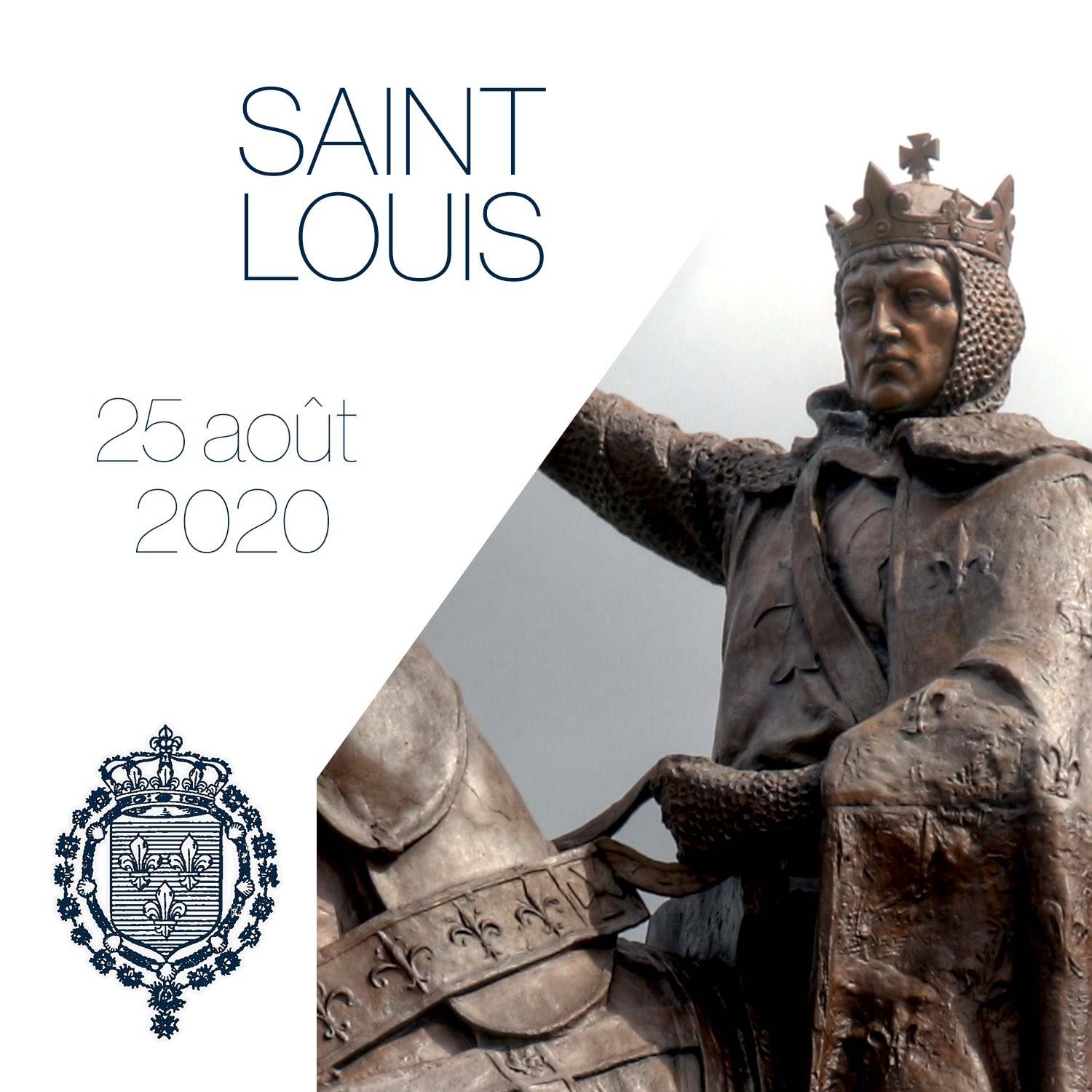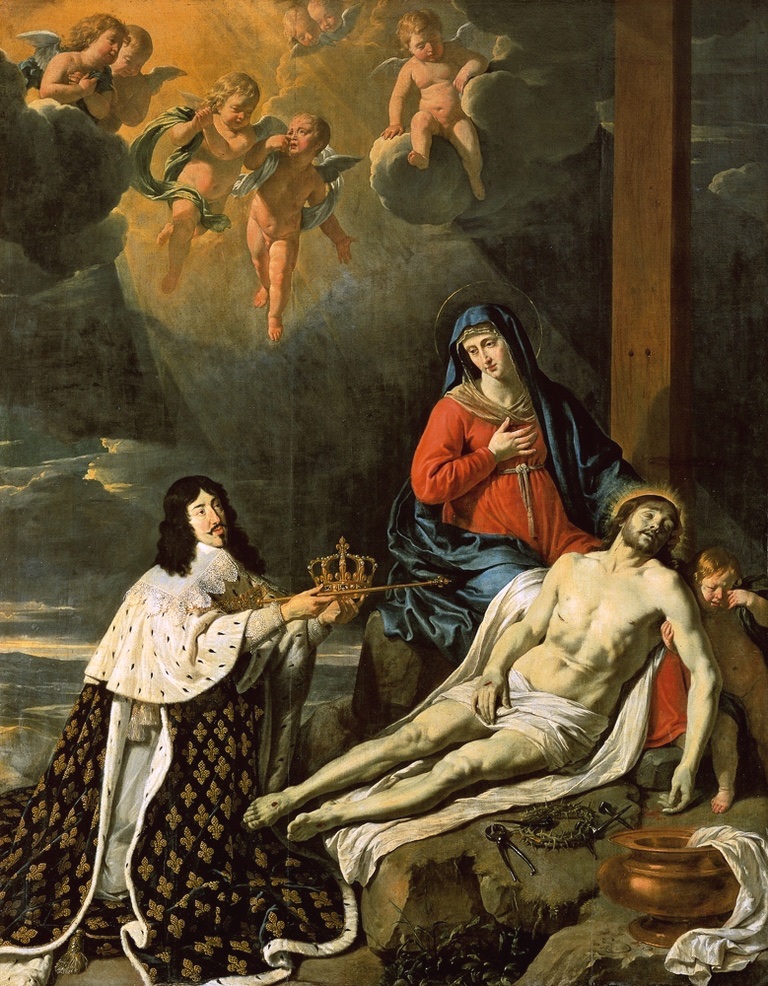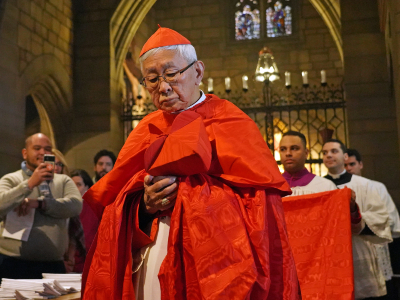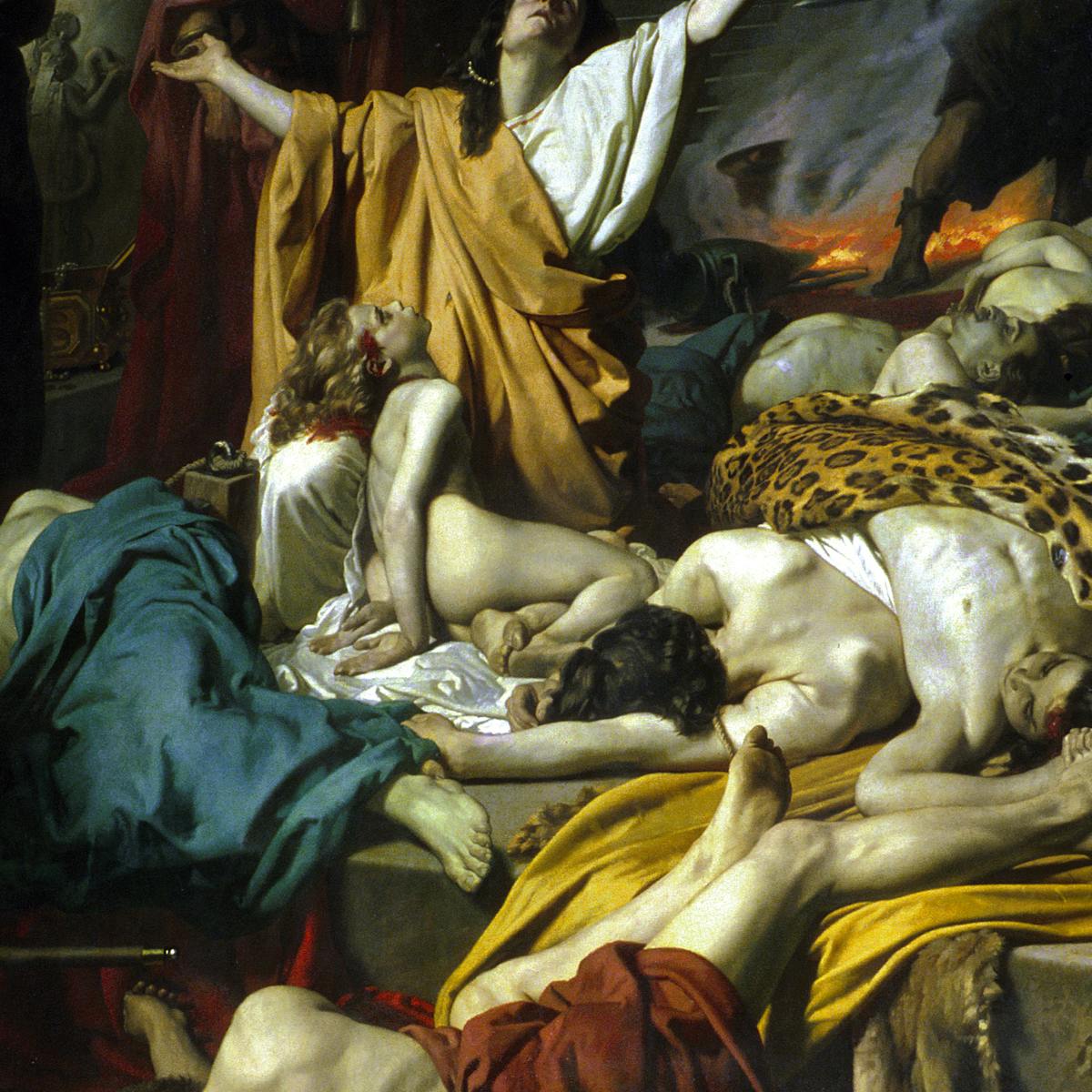Everything is sacred in the rite of Holy Mass. Every movement of the priest, every object he touches, every tone of his voice is determined for him: and the faithful can follow the Mass in its mystical meaning and in its every detail.
Maria Montessori
La Santa Messa spiegata ai bambini [The Holy Mass Explained to Children]
***
150 years ago today, on August 31, 1870, Maria Tecla Artemisia Montessori was born in Chiaravalle, Marche. It was just days before the fall of Rome to the forces of the Kingdom of Italy, and the end of the Pontifical States -- which had ruled the Marche region for many centuries until 1860.Maria was raised a devout Catholic, a strong faith she kept throughout her life. In 1896, she became one of the first women to graduate as a medical doctor in Italy, having been a brilliant medical student at the University of La Sapienza, in Rome. Pope Leo XIII himself praised her choice as adequate for her station.
There is much to praise about Montessori, including her remarkable contributions to the education of children, but it as her Catholic faith which kept her going, even during the difficult years of single motherhood due to a passionate youthful error or the years of self-exile from the Fascist regime.
In honor of her 150th birthday, we make available below the book she wrote on "The Mass Explained to Children", now in the public domain:































